G u m b a l l P r o j e c t - T h e P u l l m a n S t r i k e

Title: "Jane Addams" Dimensions: 44.5" x 14" Assembled objects: Gumball machine, 360 degree level, compass Interactive I’ve asked friends, authors, historians, scholars, activists, laborers and labor leaders to write something related to each piece in the project. I am so appreciative of each and every one of them for their contribution. On a visit to England as a young woman, Jane Addams witnessed the Dickensian conditions of the poor in London’s East End. She also toured Toynbee Hall, where Cambridge students worked with the destitute. She felt an urgent need to do something to improve the world. “Nothing could be worse,” she said, “than the fear that one had given up too soon, and left one unexpended effort that might have saved the world.” Addams was born in 1860, the year Lincoln was elected president. Among her earliest memories that reflected a wider world was that of her father weeping at the news of Lincoln’s assassination. Although she was from a middle-class family, she endured hardships as a girl. She lost her mother and a sister when she was young. She herself was afflicted with spinal tuberculosis. Her father would die when she was twenty. In 1889, Addams helped found a “settlement house” in Chicago to give aid and solace to poverty-stricken immigrants. Hull House was a place where neighbors could meet learn. It included clubs, classes, and a kindergarten for young children. The project was “grounded in a philosophy whose foundation is on the solidarity of the human race.” Hull House quickly became famous. Crowds visited during the 1893 Chicago world’s fair. Soon settlement houses appeared in other large cities across the country. Addams tried to balance Americanization and with pride in ethnic identity. She took as her motto, “with, not for” —to work with immigrants, not do things for them. Addams was called “a Christian without religion,” and “a genius for goodness.” Rather than see immigrants as aliens, she empathized with those who had to work in sweat shops and live in icy apartments without running water. She knew that the poor exhibited a remarkable generosity and sense of humanity. The year 1893 also saw the beginning of the worst economic depression to that point in American history. Addams’ friend Ellen Gates Starr, who had helped establish Hull House, said, “We sink under a mass of the unemployed morning noon and night.” Addams saw that the middle-class belief that the poor were simply lazy was entirely wrong. Men and women who wanted jobs wept at not having work. A year later, the nation was shaken by a railroad strike centered in the Pullman factory in Chicago. As always, Jane Addams’ impulse was to do something. As a member of the Chicago Civic Federation, she approached union leader Eugene Debs and offered to serve as a catalyst for negotiations. Unlike company executives, Addams sat down with workers and listened to their complaints. She convinced the Civic Federation to propose mediation, but the company president, George Pullman, would meet only with male members of the group. Nor would he arbitrate a settlement, increase pay, or lower rent in his company town. The strike became a nationwide boycott of rail workers. Addams was shaken as the confrontation broke into open violence, which was exacerbated by the deployment of federal troops. She was appalled by “the shocking experiences of that summer . . . the sharp division into class lines with the resultant distrust and bitterness.” The strike forced her to see how America was split between its professed ideals and the brutal practicality of the marketplace. “Are you content that greed shall rule your business life,” she asked the country's business classes, “while in your family and social life you live so differently?” She insisted, “We must learn to trust our democracy.” She hoped for a deep shift in Americans’ view of themselves and of their fellow citizens, hoped that they could find what she called “the rhythm of the common heartbeat.” In 1901 Jane Addams formed the Juvenile Protective Association, a nonprofit organization to help shield children from abuse and neglect. The group is still active today. Hull House also remains one of the major providers of social services in Chicago in our own time. Although she was rebuked for lack of patriotism when the United States entered World War I, Addams stuck by her pacifist beliefs and continued to work for peace on an international scale when the conflict was over. She was awarded the Nobel Peace Prize in 1931.Every year now, Chicago celebrates Jane Addams Day on December 10, the day she received the Prize. “The good we secure for ourselves is precarious and uncertain,” Addams insisted, “until it is secured for all of us and incorporated into our common life.” Throughout her life, she was a tireless advocate for women’s rights and suffrage and a beacon of idealism. There’s little doubt that, when she died in 1935, she had not given up too soon and had expended every effort in her power to save the world. *Jack Kelly is a public scholar, a historian and a novelist. He is the author of the book “The Edge of Anarchy” and many others. Here is a link to his website: Jack Kelly |
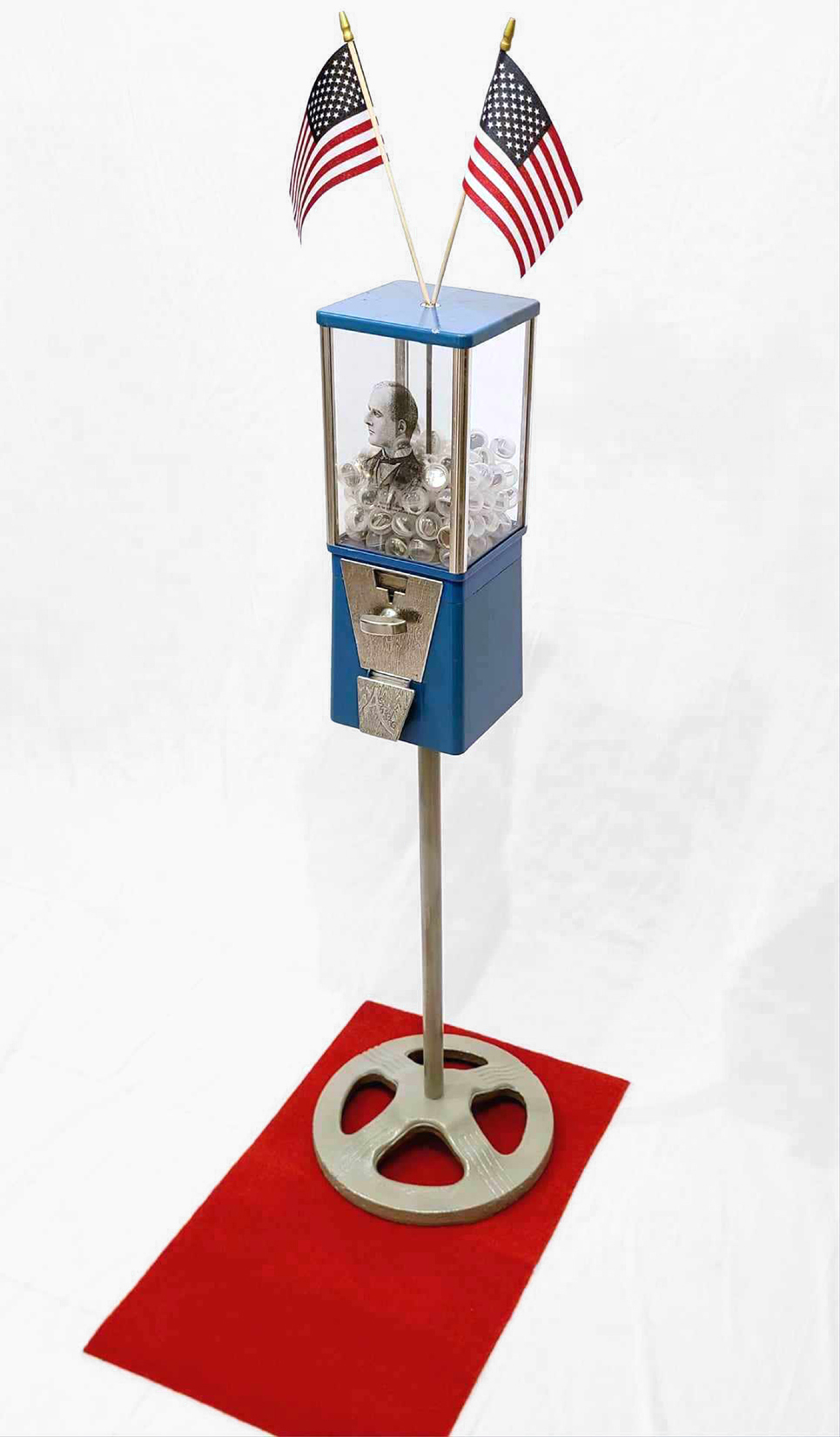
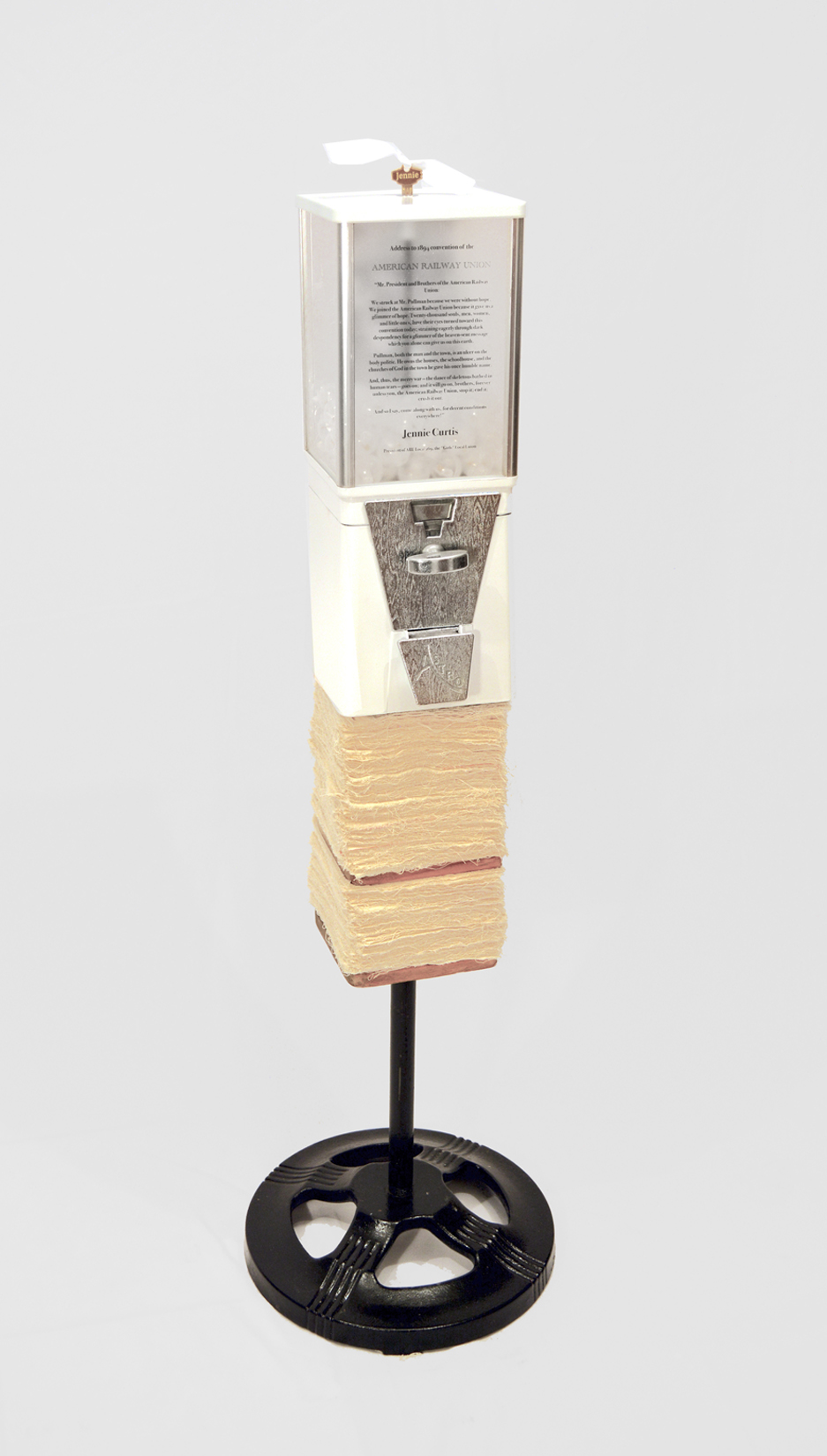
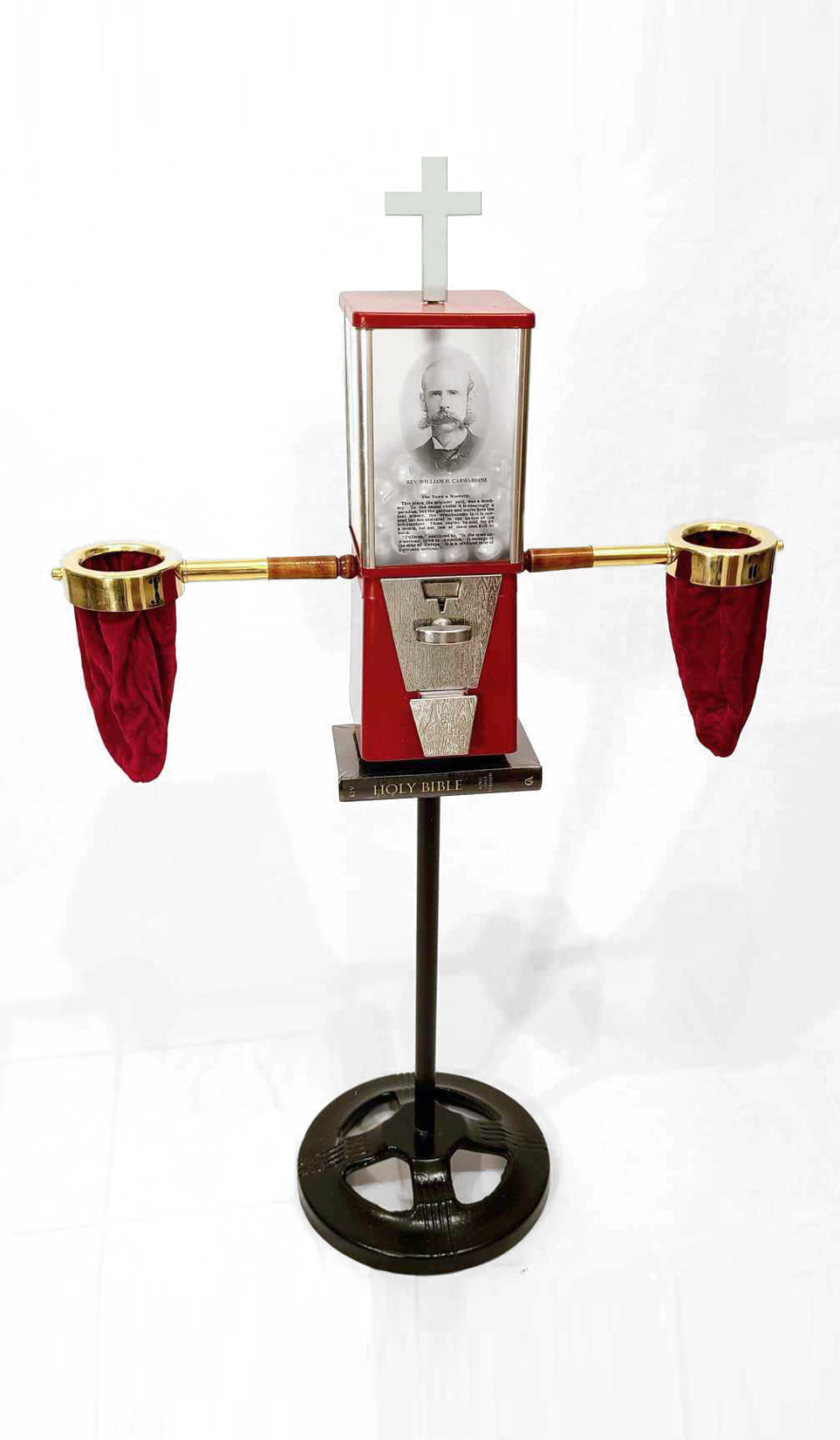
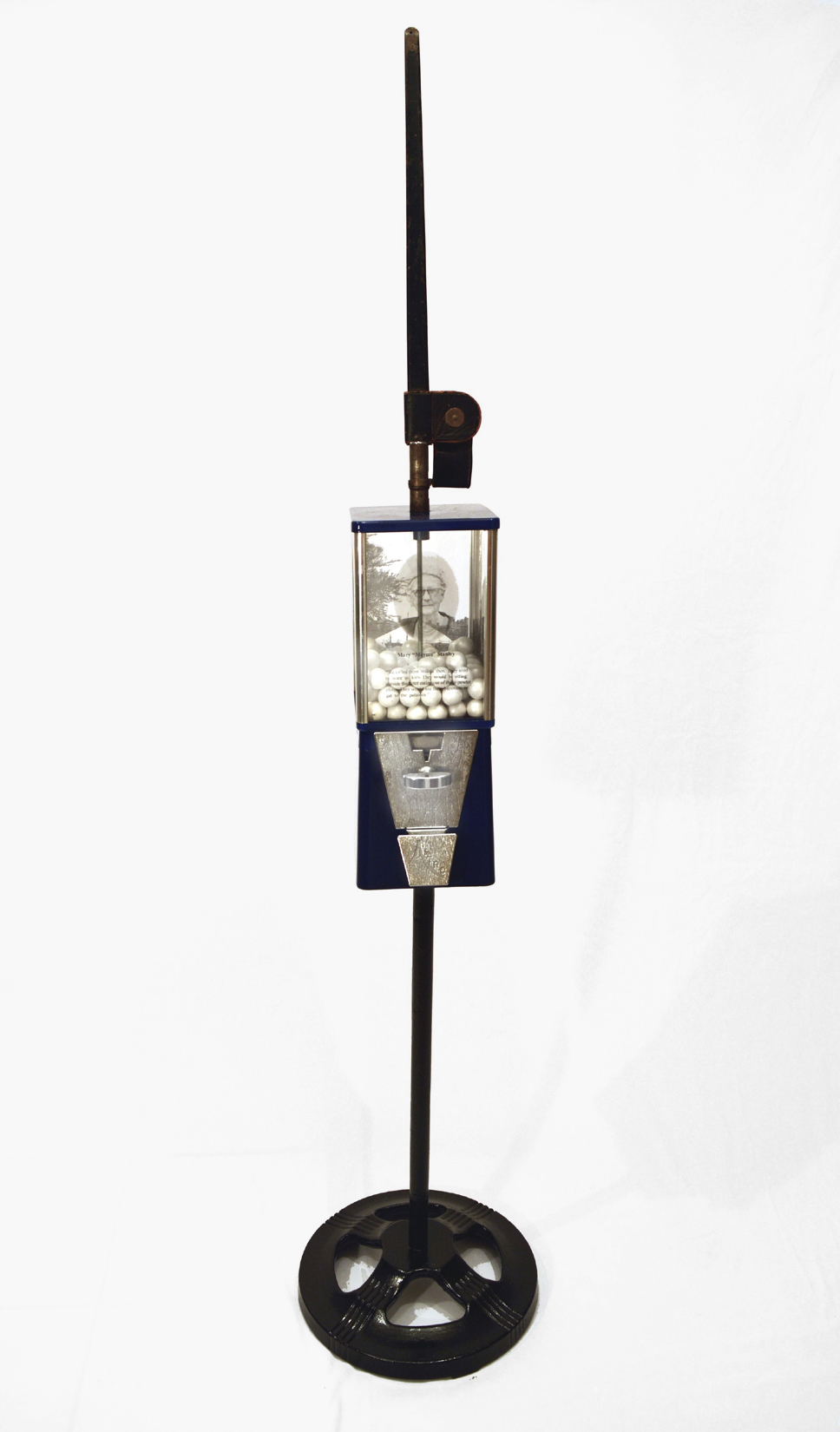
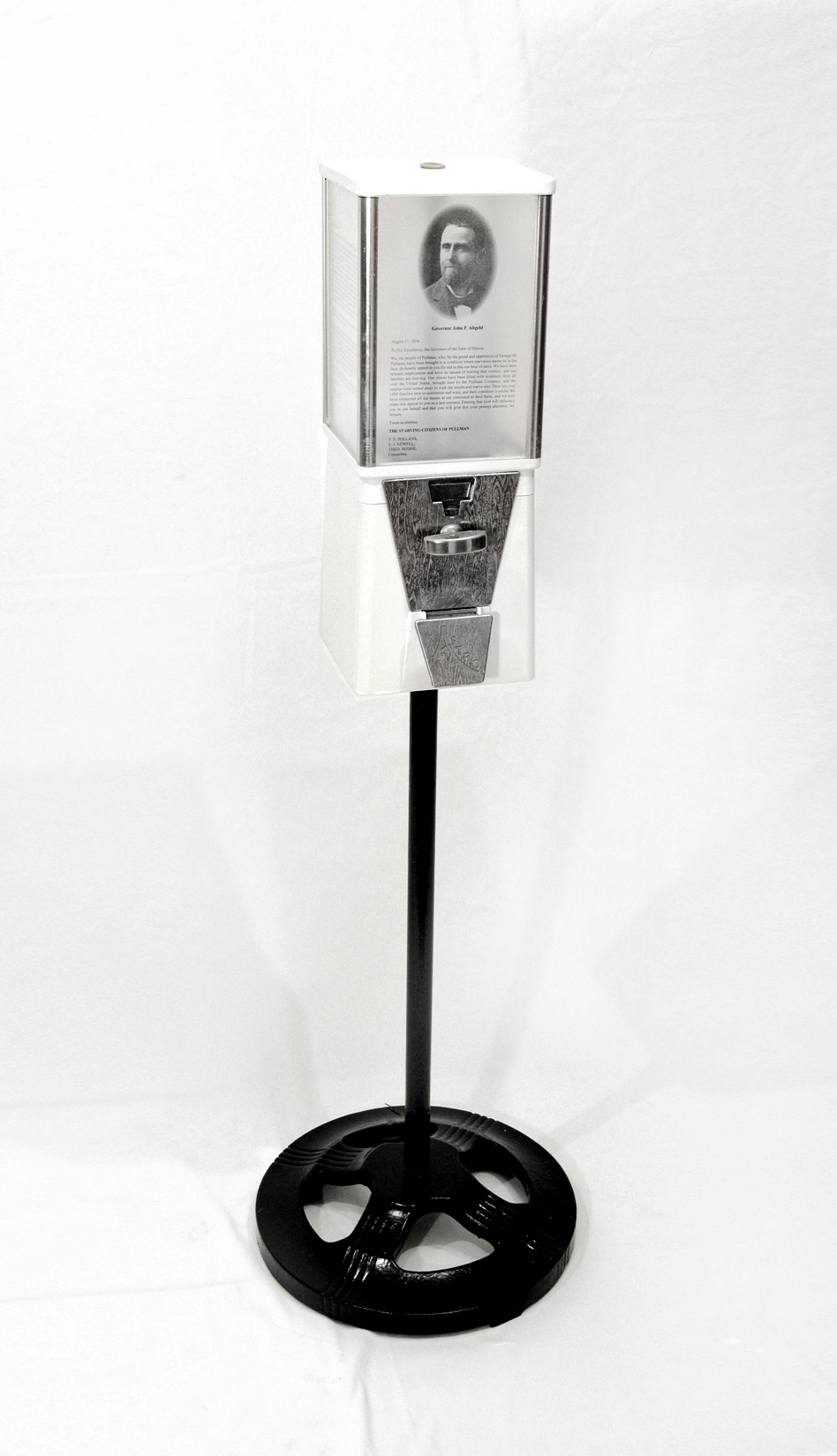
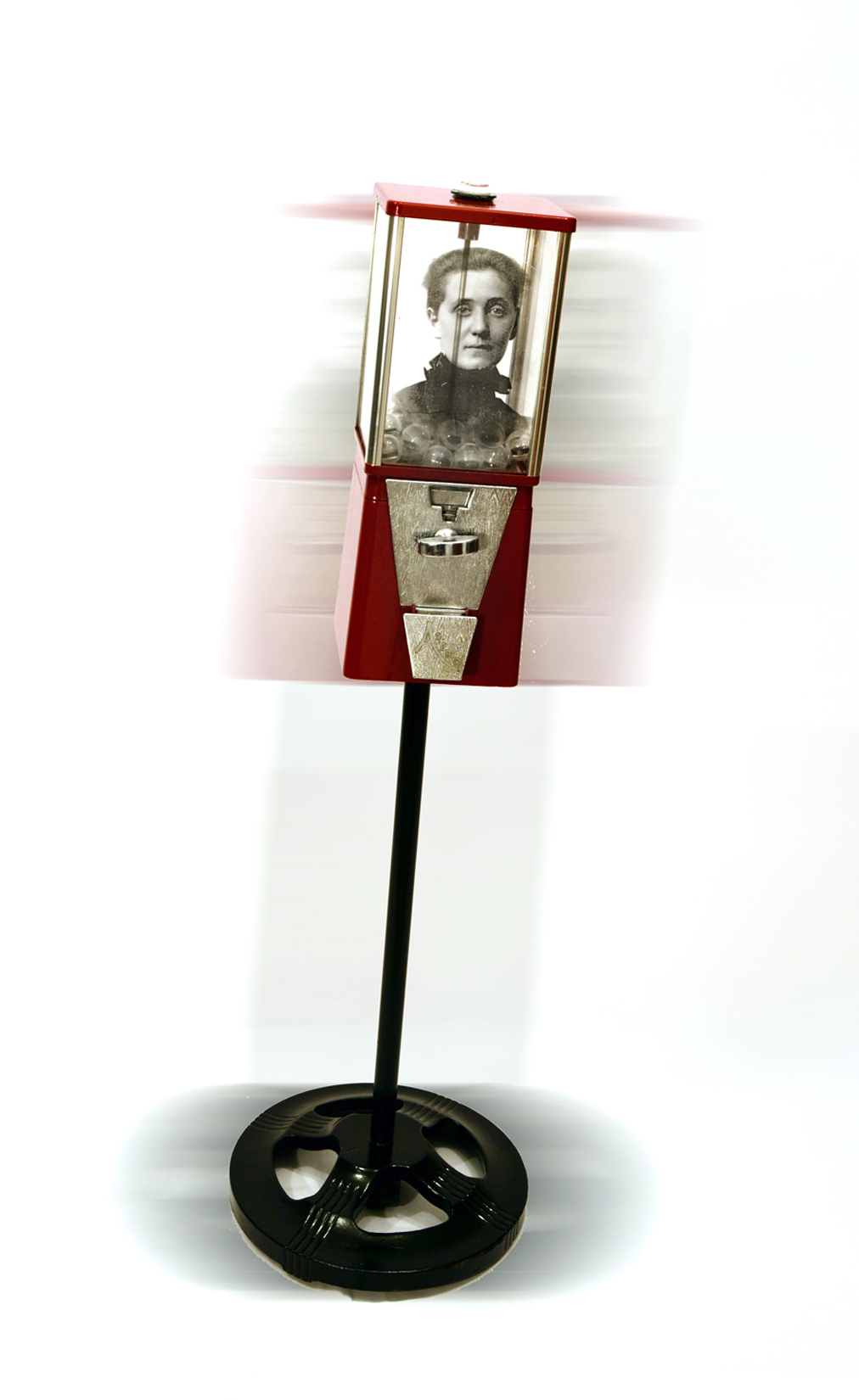

The Gumball Project |
other ART sites design by: t a l l s k i n n y . c o m